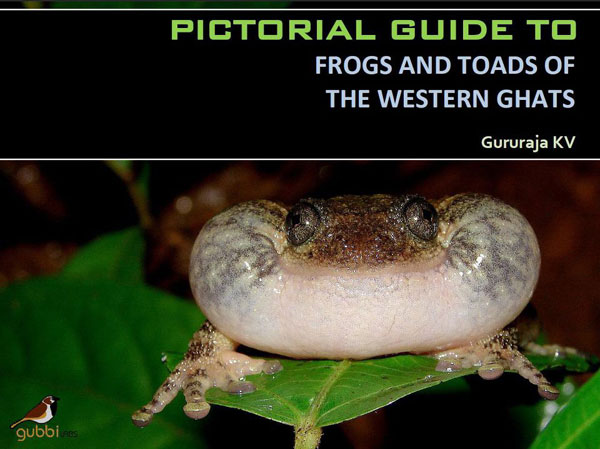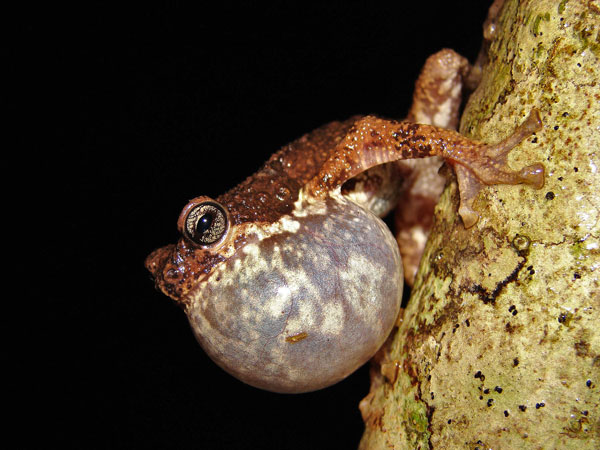
This field guide to the amphibians of the Western Ghats is not just a tool for researchers.
Did you know that most toads tend to have poisonous glands while most frogs don’t? Frogs also feel slimier when held, while toads are rough. Also, there are several very bright, even beautiful, frogs and toads.
“I find them all beautiful,” says Gururaja K.V., who has been researching amphibians since 1998 and has recently put together a guide titled Pictorial Guide to Frogs And Toads of the Western Ghats to help people understand the beauty of these amphibians. The book has been published by Gubbi Labs, a private research collective.
Equipped with outdated guides that didn’t have sufficient descriptors to identify different species, Gururaja recalls feeling frustrated through his years as a researcher. The outcome is 10 years of research and six months of collating images to form the book that describes 73 of the 157 known species of frogs and toads in the Western Ghats. Designed in a convenient size, 6×4.5 inches, the book is meant for students, researchers, forest managers, photographers and those who want help in identifying a species in the field, along with the species’ status, ecology and distribution. “We have been missing a quality guide and I hope this will begin to bridge the gap,” says Gururaja.
Working with the book is easy. Leaf through the full-page images to find one that matches your four-legged find. Markers on the image point at the characteristics you should look out for: a pointed nose, a black streak, and so on. The leaf opposite lists the taxonomy, ecological status, and where and what kind of environment it is likely to be found in, apart from the group size, some behavioural patterns and relative size of the animal.
“The book doesn’t have several frogs and toads that are yet to be documented in the Western Ghats,” says Gururaja. Those will be added when available. The guide is structured on the basis of habitats of species, namely terrestrial (including burrowing), semi-aquatic/terrestrial, aquatic and arboreal, along with distribution maps and habitat photographs. But the book works well because of the bright photographs, mostly recorded in surroundings that the frogs and toads are likely to be found in—which also makes it great for amateurs.
The project to create the book began in 2010, when the Ashoka Trust for Research in Ecology and the Environment (ATREE) offered the researcher a grant Rs. 1.5 lakh to put the book together. Gururaja plans to make an electronic version complete with audio widgets of the call patterns of frogs and toads. There is also a mobile application in the making.
To buy the Pictorial Guide to Frogs And Toads of the Western Ghats (Rs. 300), visit http://shop.gubbilabs.in/, or the Center for Infrastructure, Sustainable Transport and Urban Planning (Cistup), Indian Institute of Science, Bangalore.


 CI is a non-profit, non-commercial portal that aims to facilitate wildlife and nature conservation by providing reliable information and the tools needed to campaign effectively.
CI is a non-profit, non-commercial portal that aims to facilitate wildlife and nature conservation by providing reliable information and the tools needed to campaign effectively.